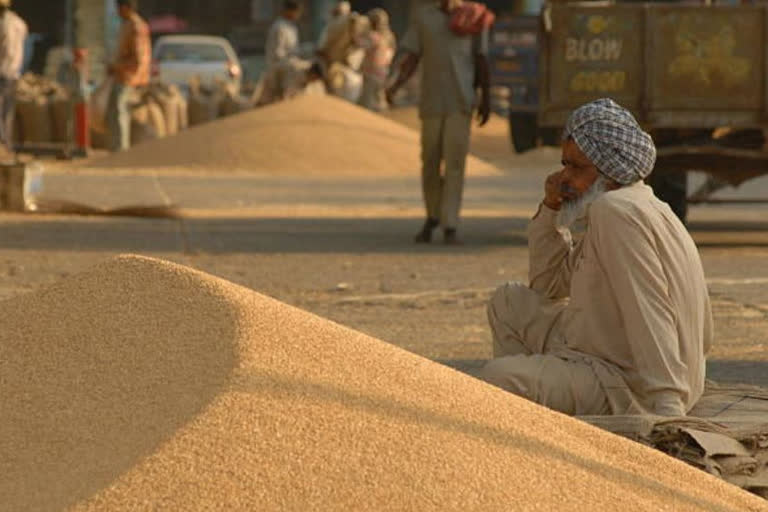Hyderabad: At the onset of monsoon and the start of agriculture season, after sowing operations, the peasantry is always uncertain whether their toil will pay dividends or will result in disaster. This has been the story every time in a predominantly agriculture-based country like India.
Insufficient insurance coverage is adding fuel to the already existing testing conditions of this unorganized sector. Since the initial recommendations of Prof Dandekar in 1979 that sufficient security is necessary to the farmer in times of crisis, the crop insurance scheme has undergone many changes.
The concept of crop security, ' Pradhan Mantri Fasal Bima Yojana' announced four years back took so many turns and twists, but comprehensive insurance to crops still looks like a distant dream! The agriculture ministry, which has been restricting crop insurance coverage to a maximum of 23 per cent for decades, has announced that with the Modi Yojana, more than half the farmers will be covered in two to three years.
But, in reality, the fact that even after the lapse of two farm seasons, the tendency of dodging payments of thousands of crores of rupees is undermining the spirit of the scheme. In spite of the timely payment of premium, the inordinate delays in reimbursement of the nominal compensation in times of crisis is annoying the farmers. Until last year, the premiums were invariably deducted from the crop loans being disbursed by the banks.
Also Read:Farmers of border areas affected by disputes with Nepal
Since the relaxation of rules and the option given to farmers, the number of participants in the Fasal Bima Yojana is depleting. In the case of total crop failure, where is the security to the farmer in times of crisis? The factors that made the crop insurance a mockery for about four decades now are an open secret.
